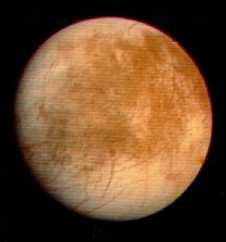This is an image of Europa
Click on image for full size
Courtesy of NASA
Icy Moon
Icy moons are large or small moons which are mostly
made of ice. These moons are unlike the earth's moon, which is made of
silicate rock.
Perfect examples of icy moons are 3 of the Galilean satellites, Europa, Ganymede, and Callisto. Except maybe for Europa and Triton, these moons have no atmosphere.
But the surfaces of these moons, especially Ganymede, show that in their history, something may have happened inside which changed the way the surface of the moon looks today. Activity in the interior could also provide an environment suitable for life.
You might also be interested in:
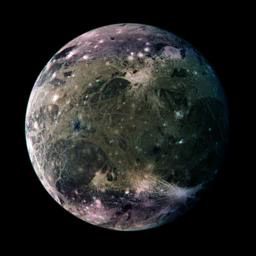
Ganymede was first discovered by Galileo in 1610, making it one of the Galilean Satellites. Of the 60 moons it is the 7th closest to Jupiter, with a standoff distance of 670,900 km. It is the largest moon
...more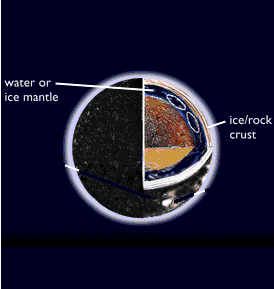
The diagram to the left shows a cutaway of the possible interior structure of an icy moon. The drawing illustrates what used to be postulated for Jupiter's moon Ganymede. Icy moons are mostly made of
...more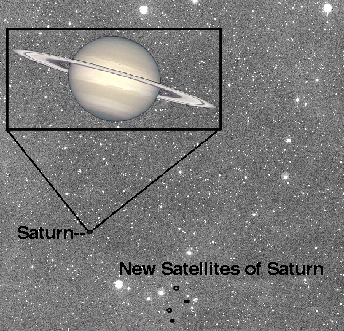
In October 2000, a group of astronomers announced their discovery of 4 new moons of Saturn. This means Saturn now has 22 moons while Uranus only has 21. For now, the names of these new moons are S/200
...more
In October 2000, a group of astronomers led by Brett Gladman of France's Observatoire de la Cote d'Azur and JJ Kavelaars of McMaster University in Canada announced their discovery of 4 new moons of Saturn.
...more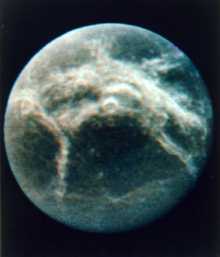
Dione was discovered by G. Cassini in 1684. Dione is the 7th farthest moon from Saturn, with a standoff distance of 377,400 km. It is a small icy moon, lightly cratered, with wispy white streaks across
...more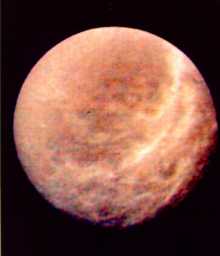
Rhea was discovered by G. Cassini in 1672. Rhea is the 5th farthest moon from Saturn. It is one of the icy moons, similar to the Galilean satellites. Rhea is about as wide as the state of California is
...more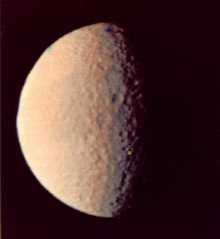
Tethys was discovered by G. Cassini in 1684. Tethys is the 8th closest moon to Saturn, with a standoff distance of 294,660 km. It is one of the icy moons, similar to the Galilean satellites. Tethys is
...more
The gas giant planet Saturn has a large group of // Call the moon count function defined in the document head print_moon_count('saturn'); moons. It also has the largest, most complex, and best-known ring
...more


